(To receive weekly emails of conversations with the world’s top CEOs and business decisionmakers, click here.)
Nearly two years into the COVID-19 pandemic, business leaders are heading into 2022 facing the strong headwinds of the Omicron variant, continued pressure on supply chains, and the great resignation looming over the labor market. TIME asked top leaders from across the world of business to share their priorities and expectations for the year ahead.
Albert Bourla, CEO of Pfizer, wants to leverage the advances his pharmaceutical company has made in fighting COVID-19 to tackle other diseases, while Rosalind “Roz” Brewer, CEO of Walgreens Boots Alliance, has made improving access to healthcare one of her goals over the next year. GoFundMe CEO Tim Cadogan says building trust will be at the heart of decision-making at the crowdfunding platform—both with workers and its wider community.
Innovation is key to Intel CEO Patrick P. Gelsinger and Forerunner Ventures founder and managing partner Kirsten Green. And Rothy’s CEO Stephen Hawthornthwaite, Albemarle CEO Kent Masters, and Gene Seroka, executive director of the Port of Los Angeles, shared their suggestions for how companies and policymakers can respond to persistent supply chains problems.
Read on to see how some of the most powerful people in business envision the coming year.
(These answers have been condensed and edited for clarity.)
What are the biggest opportunities and challenges you expect in the year ahead?
Albert Bourla, CEO of Pfizer: The scientific advancements made by Pfizer and others over the past year have brought us very powerful tools to battle the worst pandemic of our lives. But, unfortunately, we don’t see everyone using them. I am concerned about the limited infrastructure and resources in the poorest countries as they struggle to administer their supply of COVID-19 vaccines to their people. Some of these countries have asked us to pause our deliveries of doses while they work to address these issues. While I am proud of the work Pfizer has done to make vaccines available to low- and lower middle-income countries over the past year, we need to find new ways to support the World Health Organization as they work with NGOs and governments to address these infrastructure issues.
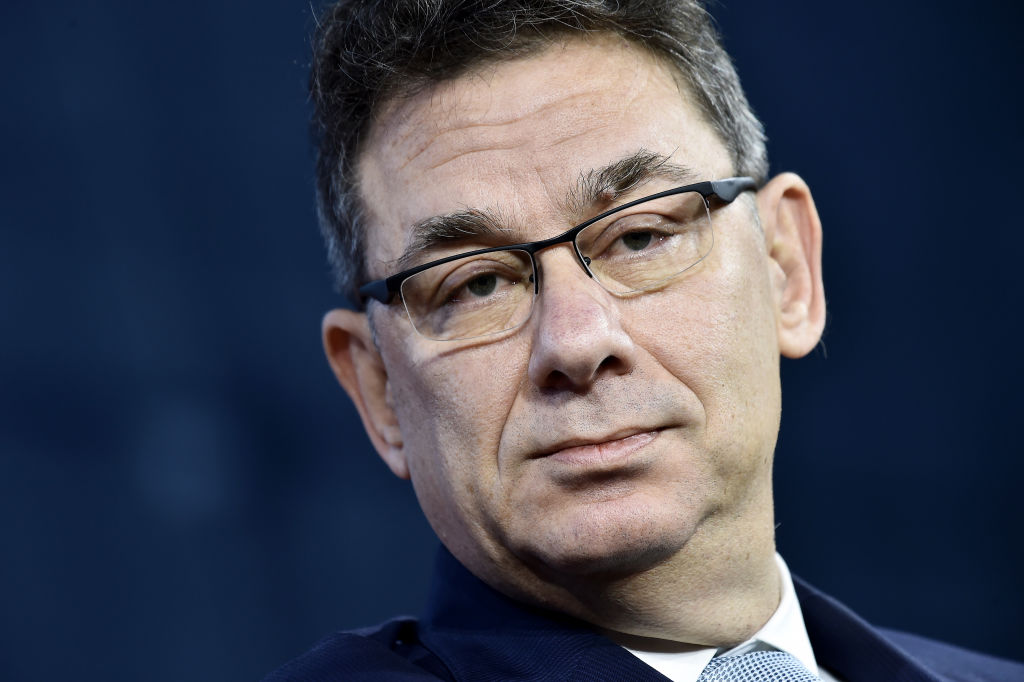
Over the next year I’d like us to help find solutions to issues like the shortage of medical professionals, vaccine hesitancy due to limited educational campaigns, lack of equipment and even roads to allow timely delivery of vaccines. Throughout every chapter of this pandemic, we have been reminded of the importance of collaboration and innovative thinking. We need to work harder than ever before to address these health inequities so that people around the globe are protected from the virus.
Pat Gelsinger, CEO of Intel: Throughout the history of technology, we’ve seen the pendulum swinging between centralized and decentralized computing. And there is still a tremendous untapped opportunity in edge computing as we bring greater intelligence to devices such as sensors and cameras in everything from our cars to manufacturing to the smart grid. Edge computing will not replace cloud; we’re swinging back to where decentralized compute becomes the primary growth for new workloads because the inference and AI analysis will take place at the edge.
Technology has the power to improve the lives of every person on earth and Intel plays a foundational role within. We aim to lead in the opportunity for every category in which we compete.
Roz Brewer, CEO of Walgreens: The pandemic affirmed Walgreens as a trusted neighborhood health destination to help our customers and patients manage their health. We provide essential care to our communities, including administering more than 50 million COVID-19 vaccines as of early December 2021. The opportunity ahead of us at Walgreens Health—our new segment launched this past fall—is to create better outcomes for both consumers and partners, while lowering costs across the care continuum. A year from now I want to look back on this time as an inflection point and a moment in time where real, lasting change happened—that we will all have collectively banded together to get through the pandemic and at the same time delivered real change toward improving accessible and affordable healthcare. I feel inspired and hopeful that some good will come out of this very difficult time in our country and the world’s history.
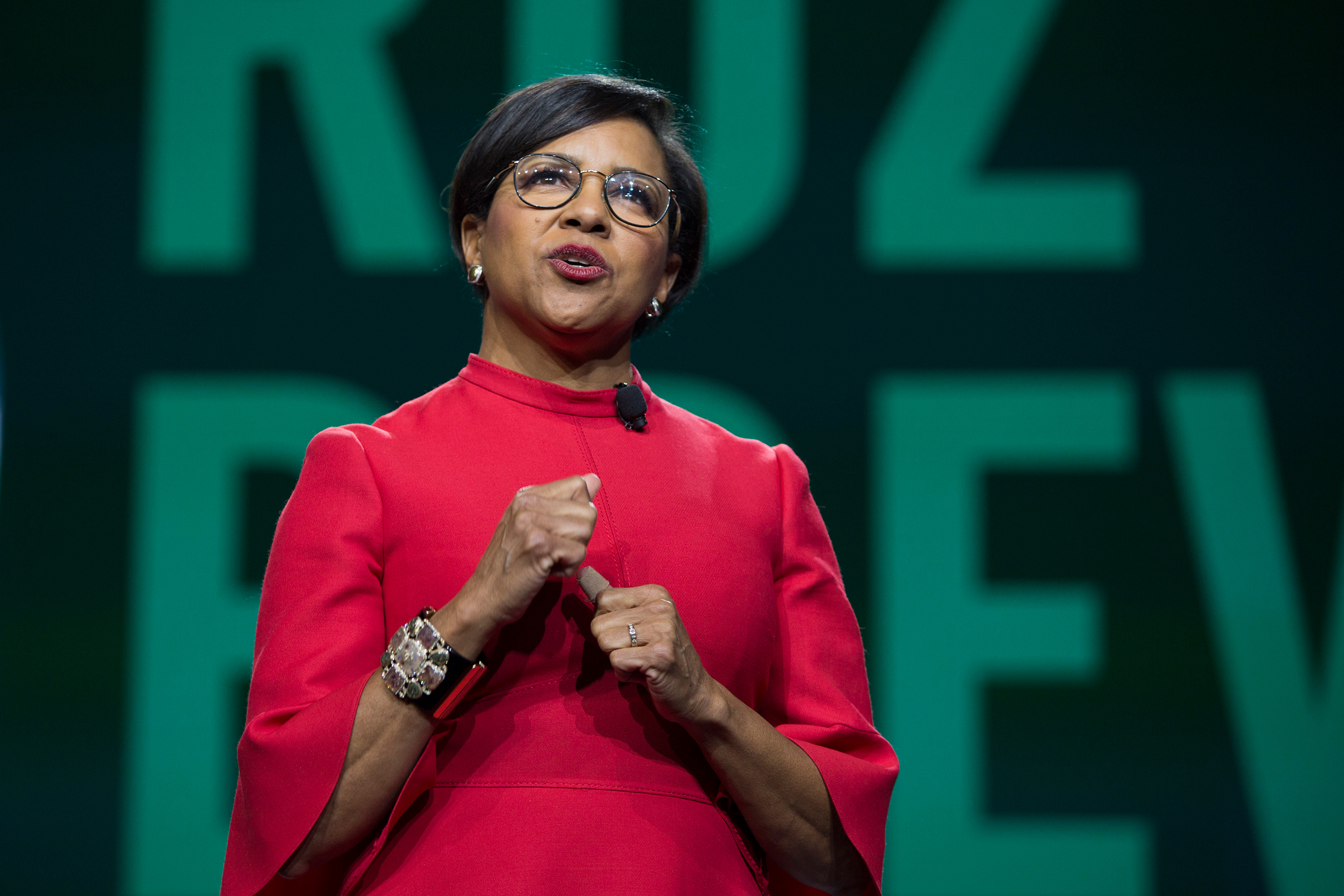
Tim Cadogan, CEO of GoFundMe: We’re going to see continued disruption in the world and the workplace in 2022—this will require more people to come together to help each other. Our opportunity is to use our voice and platform to bring more people together to help each other with all aspects of their lives. Asking for help is hard but coming together to help each other is one of the most important and rewarding things we can do in life. We are continuously improving our product to make it easier for more people to both ask for and give help, whether it’s helping an individual fulfill a dream, working on a global cause like climate change, or supporting a family during a difficult time.
Kirsten Green, founder and managing partner of Forerunner Ventures: We are nearly two years into the pandemic, and it is still ongoing. We must embrace this new normal and figure out how to make that reality work for our businesses, our consumers, and our people. Thankfully, we often see innovation come out of these periods of change and fluctuation. At the same time, it’s hard to come to terms with the fact that the world has evolved, and it is still important to understand that the ‘reset’ button just got hit for a lot of people. Values, goals, and core needs are being reevaluated and reestablished, and we as a society need to figure out how to move forward during a volatile period.
Gene Seroka, executive director of the Port of Los Angeles: Our industry needs to help drive the American economic recovery amid the impact of the COVID-19 pandemic. The top priority remains getting goods to American consumers and creating a more fluid supply chain. We also need to address the growing trade imbalance. Imports are at all-time highs while U.S. exports have declined nearly 40% over the past three years in Los Angeles. We have to help American manufacturers and farmers get their products to global markets. With the passage of the Infrastructure Investment and Jobs Act, our team is working to get our fair share of federal funds to accelerate projects to improve rail infrastructure, local highways and support facilities. The Port of Los Angeles is the nation’s primary trade gateway, yet east and gulf coast ports have received most of the federal funding in the past decade. The best return on port infrastructure investment is in Los Angeles, where the cargo we handle reaches every corner of the country.
Kent Masters, CEO of Albemarle: Challenges will likely continue to include competition for top talent, supply chain disruptions due to possible pandemic impacts to raw material availability and logistics, and potential inflation impacts to material and freight costs, all of which we’re monitoring closely so we can respond quickly.
With the global EV market growing rapidly, we have a tremendous opportunity ahead of us for years to come. Next year, we’ll advance our lithium business through new capacity ramp-ups in Chile, Australia and China, and restart the MARBL Lithium Wodgina hard rock resource in Australia to help feed our new conversion assets and meet customer needs. We’re also keenly focused on organizational goal alignment and continuous improvement to drive greater productivity through our global workforce next year.
What do you expect to happen to supply chains in 2022?
Gelsinger: The unprecedented global demand for semiconductors—combined with the impact of the global pandemic—has led to an industry-wide shortage, which is impacting technology providers across the industry. Intel is aggressively stepping in to address these issues and build out more capacity and supply around the globe for a more balanced and stable supply, but it will take time and strong public-private partnerships to achieve.
Brewer: We learned a lot over the past two years and companies are taking action with investments in capacity, resiliency and agility for supply chains across the world. We will continue finding creative ways to increase manufacturing and shipping capacity. Manufacturers will continue expanding capacity and increasing the diversity in their supplier base to reduce reliance of single sourcing. Companies will continue to invest to increase resiliency through expanded inventory positions, extended planning horizons and lead-times, and increased agility in manufacturing and logistics capabilities to fulfill customer needs. As the marketplace changes, we must be agile and adapt quickly as we respond to shifts in consumer behavior. Investments in technology, such as real time supply chain visibility and predictive/prescriptive analytics, will enable companies to deliver the speed and precision expected by today’s consumer.
Seroka: Goods and products will get to market. The maritime logistics industry must raise the bar and make advances on service levels for both our import and export customers. Retailers will be replenishing their inventories in the second quarter of the year. And by summer, several months earlier than usual, we’ll see savvy retailers bringing in products for back to school, fall fashion and the winter holidays. Despite the challenges, retail sales reached new highs in 2021.
Collectively, supply chains partners need to step up further to improve fluidity and reliability.
Stephen Hawthornthwaite, CEO of Rothy’s: In 2022, pressure from consumers for transparency around manufacturing and production, coupled with pandemic learnings about existing supply chain constraints, will push businesses to condense their supply chains and bring in-house where possible. I also predict that more brands will test make-to-demand models to better weather demand volatility and avoid supply surpluses—a benefit for businesses, consumers and the planet. Nimbleness and a willingness to innovate will be crucial for brands who wish to meet the demands of a post-pandemic world. At Rothy’s, we’ve built a vertically integrated model and wholly-owned factory, enabling us to better navigate the challenges that production and logistics present and unlock the full potential of sustainability and circularity.

Green: The pandemic crystallized what a lot of us knew to be true, but hadn’t yet evaluated: There’s not nearly as much innovation in the supply chain as a flexible world is going to need. What we’re seeing now is a giant wake-up call to the entire commerce ecosystem. This is more than a rallying cry; it’s a mandate to reevaluate how we’re managing our production processes, and 2022 will be the start of change. Expect a massive overhaul of the system, and expect to see more investment building innovation, efficiency, and sustainability into the supply chain space.
Read more: How American Shoppers Broke the Supply Chain
Masters: As the pandemic continues with new variants, we expect global supply chain issues to persist in 2022. To what degree remains to be seen, but I would expect impacts to some raw materials, freight costs, and even energy costs. On a positive note, we can successfully meet our customer obligations largely because of our vertically integrated capabilities. This helps us continue to be a reliable source of lithium, as well as bromine. Worldwide logistics issues are a factor, but more marginal in the supply question when the determining factor is the ability to convert feedstock to product and bolster the supply chain. In lithium, we have active conversion facilities running at full capacity now. As we bring more capacity online (La Negra III/IV, Kemerton I/II, Silver Peak expansion, and our Tianyuan acquisition in China) while making more efficient use of our feedstocks, it will help strengthen the global supply chain.
How will the labor market evolve and what changes should workers expect in the coming year?
Brewer: The labor market will continue to be competitive in 2022. I often say to my team: as an employer, it’s not about the products we make, it’s not about our brand. It’s about how are we going to motivate team members to feel good about themselves, fulfilled and passionate about their work, to contribute at their highest level of performance. How do we create a culture that means Walgreens Boots Alliance is the best place to work—so our team members say, “Yes, pay me for the work that I do, but help me love my job.” In the coming year and beyond, broadly across the market, we will see that managers will continue to become even more empathetic and listen more actively to their team members as people. Workers will expect that employers and their managers accept who they are as their whole, authentic selves, both personally and professionally.
Read more: The ‘Great Resignation’ Is Finally Getting Companies to Take Burnout Seriously. Is It Enough?
Gelsinger: Our employees are our future and our most important asset, and we’ve already announced a significant investment in our people for next year. As I’ve said, sometimes it takes a decade to make a week of progress; sometimes a week gives you a decade of progress. As I look to 2022, navigating a company at the heart of many of the pandemic-related challenges, we must all carefully consider what shifts are underway and what changes are yet to come. It will continue to be a competitive market and I expect you’ll continue to see companies establish unique benefits and incentives to attract and retain talent. We expect the “hybrid” mode that’s developed over the past years to become the standard working model going forward.
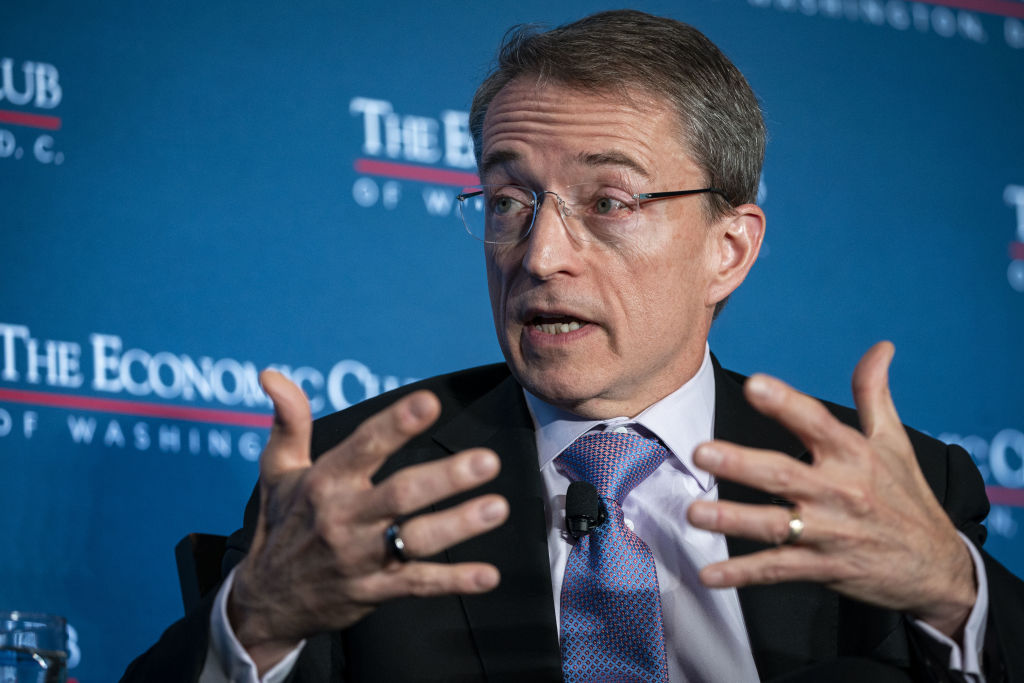
Bourla: The past couple of years have challenged our workforce in ways that we never would have imagined. Companies have asked employees to demonstrate exceptional flexibility, commitment, courage and ingenuity over the past two years—and they have risen to the challenge. I predict that we are likely to see an increase in salaries in the coming year due to inflation—and I believe this is a good thing for workers, as it will help close the gap in income inequality. That said, financial rewards are no longer the only thing that employees expect from their employers.
Increasingly, people want to work for a company with a strong culture and a defined purpose. As such, companies will need to foster and promote a culture in which employees feel respected and valued for their contributions and made to feel that they are integral to furthering the purpose of their company. Businesses that are able to create such a culture will not only be able to attract the best talent, but also maximize the engagement, creativity and productivity of their people by enabling them to bring their best selves to every challenge.
Green: For many years, Forerunner has been saying, “It’s good to be a consumer. Consumers want what they want, when they want it, how they want it, and they’re getting it.” That same evolution of thought has now moved into the labor market: It’s a worker’s market, not a company’s market, and the relationship between the worker and the employer needs to evolve because of that. Workers should expect to get more flexibility, respect, benefits, and pay in some cases—but they still need to show up and deliver impact at work. It’s a two-way street, and we need to tap into a broader cultural work ethic. As a society, we need to be more holistic in our approach to meeting both company and worker needs.
Read more: The Pandemic Revealed How Much We Hate Our Jobs. Now We Have a Chance to Reinvent Work
Seroka: There’s a need for more truck drivers and warehouse workers in southern California. President Biden’s new Trucking Action Plan funds trucker apprentice programs and recruit U.S. military veterans. It’s an important step forward to attract, recruit and retain workers. Private industry needs to look at improved compensation and benefits for both truckers and warehouse workers. We need to bring a sense of pride and professionalism back to these jobs. On the docks, the contract between longshore workers and the employer’s association expires June 30. Both sides will be hard at work to negotiate and reach an agreement that benefits the workers and companies while keeping cargo flowing for the American economy.
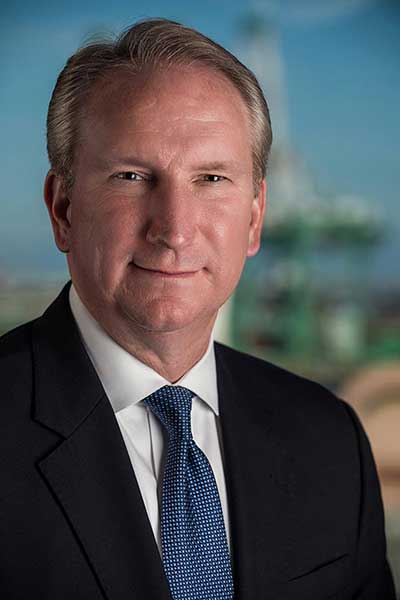
Masters: I think there will still be a fight for talent next year. It’s a tight labor market overall and Covid-19 restrictions are a challenge in some regions. Albemarle has a really attractive growth story and profile, especially for workers interested in combatting climate change by contributing in a meaningful way to the clean energy transition. We are embracing a flexible work environment, much like other companies are doing, and upgrading some benefits to remain an employer of choice in attracting and retaining the best people on our growth journey. And, of course, we should all expect pandemic protocols to continue next year to ensure everyone’s health and safety.
How do you see your role as a leader evolving over the coming year?
Bourla: We are entering a golden age of scientific discovery fueled by converging advancements in biology and technology. As an industry, we must leverage these advancements to make disruptive changes in the way we discover, develop and bring new medicines to patients. Since I became CEO of Pfizer, we have been working to reimagine this process by operating as a nimbler, more science-driven organization, focused on delivering true breakthroughs for patients across our six therapeutic areas. In the past few years, we have demonstrated our ability to deliver on this promise of bringing true scientific breakthroughs through our colleagues’ tireless work in COVID-19.
But there is more work to be done to address the unmet need in other disease areas—and now is the time to do it. In the year ahead, my leadership team and I will focus on leveraging these advancements in biology and technology, as well as the lessons learned from our COVID-19 vaccine development program, so that we may continue to push this scientific renaissance forward. This is critical work that we must advance for patients and their families around the world who continue to suffer from other devastating diseases without treatment options.
Gelsinger: We are in the midst of a digital renaissance and experiencing the fastest pace of digital acceleration in history. We have immense opportunities ahead of us to make a lasting impact on the world through innovation and technology. Humans create technology to define what’s possible. We ask “if” something can be done, we understand “why,” then we ask “how.” In 2022, I must inspire and ensure our global team of over 110,000 executes and continues to drive forward innovation and leadership on our mission to enrich the lives of every person on earth.
Brewer: Purpose is the driving force at this point in my career. I joined Walgreens Boots Alliance as CEO in March of 2021, what I saw as a rare opportunity to help end the pandemic and to help reimagine local healthcare and wellbeing for all. Seven months later, we launched the company’s new purpose, vision, values and strategic priorities. My role as CEO now and in 2022 is to lead with our company’s purpose—more joyful lives through better health—at the center of all we do for our customers, patients and team members. I’m particularly focused on affordable, accessible healthcare for all, including in traditionally medically underserved communities. Healthcare is inherently local, and all communities should have equitable access to care.
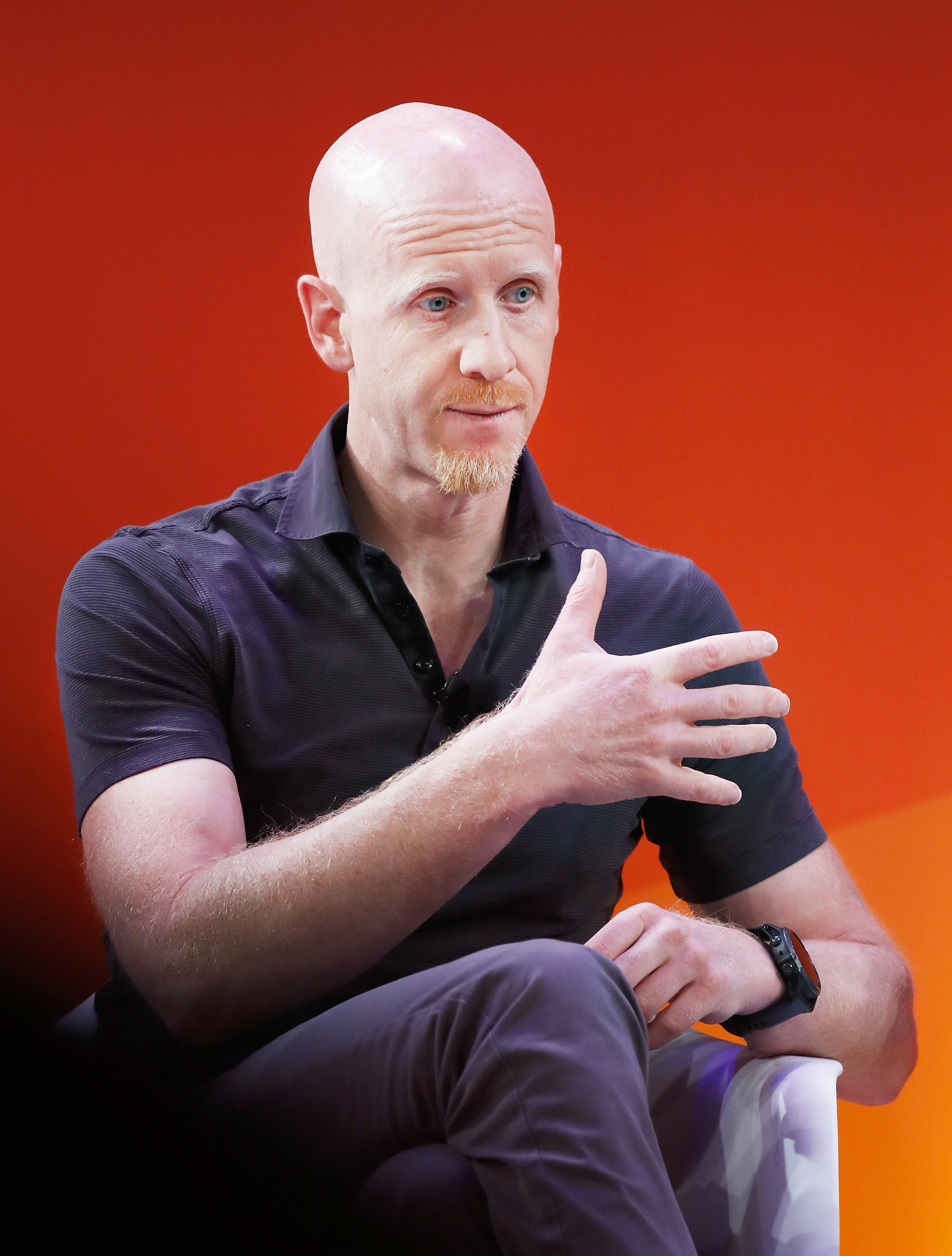
Cadogan: The last two years were dominated by a global pandemic and social and geopolitical issues that will carry over into 2022. The role of leaders in this new and uncertain environment will be to deliver value to their customers, while helping employees navigate an increasingly complex world with a completely new way of working together. Trust will be at the center of every decision we make around product development and platform policies—do the decisions we are making align with our mission to help people help each other and do they build trust with our community and our employees?
Green: Everything around us is moving at an accelerated pace, and being a leader requires you to operate with a consistent set of values while still leaning into opportunity. Arguably, the pandemic has been the most disruptive time in decades—a generational disruption on par with the Depression or WWII. People’s North Stars are in the process of transforming, and leaders need to figure out what that means for their companies, their cultures, and their work processes. How does this change require leaders to shift their priorities as a business?
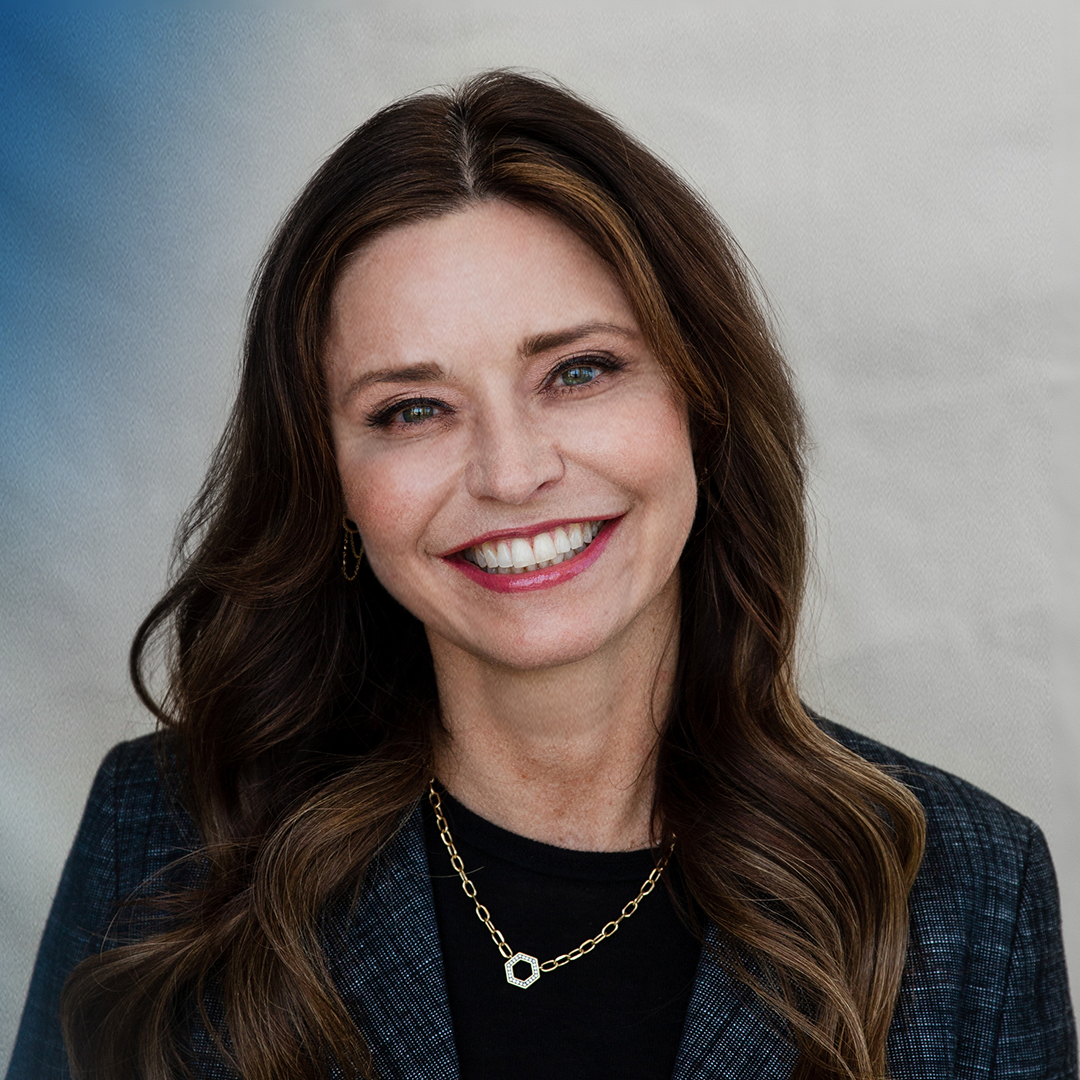
Masters: My leadership style is to make decisions through dialogue and debate. I encourage teams to be curious about other perspectives, be contrarian, actively discuss, make decisions, and act. I wasn’t sure how well we could do this from a strictly remote work approach during the pandemic, but watching our teams thrive despite the challenge changed my mind.
Our people adapted quickly to move our business forward. We’ve worked so well that we’re integrating more flexibility into our work environment in 2022. With this shift to hybrid work, it will be important for all leaders, myself included, to empower employees in managing their productivity, and ensure teams stay engaged and focused on our key objectives. We’re facing rapid growth ahead, so our culture is vital to our success. I’ll continue to encourage our teams to live our values, seek diverse viewpoints, be decisive, and execute critical work to advance our strategy.
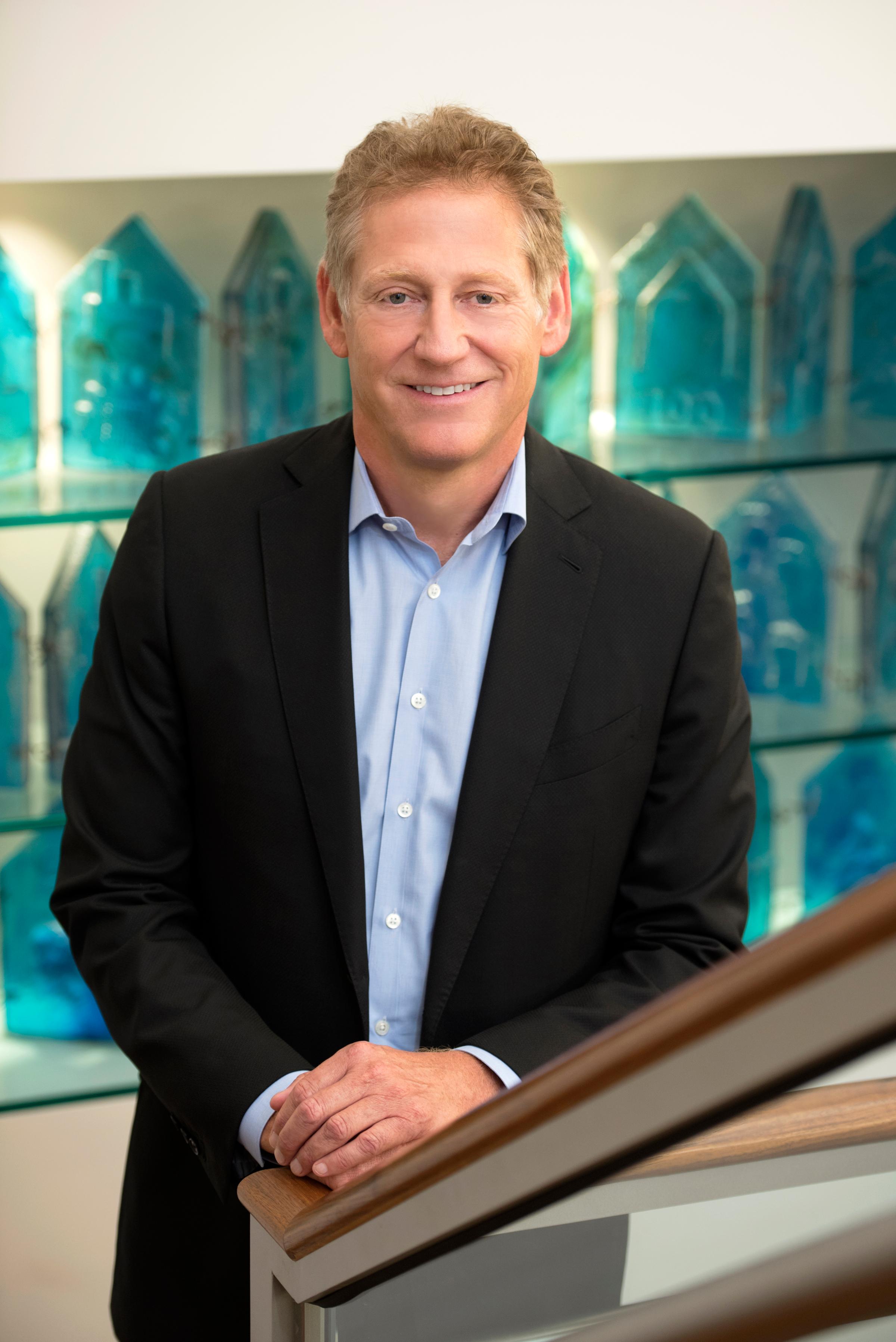
Seroka: Overseeing the nation’s busiest container port comes with an outsized responsibility to help our nation—not just the Port of Los Angeles—address the challenges brought about by the unprecedented surge in consumer demand. That means taking the lead on key fronts such as digital technology, policy and operational logistics. On the digital front, our industry needs to use data better to improve the reliability, predictability, and efficiency in the flow of goods. Policy work will focus on improving infrastructure investment, job training and advocating for a national export plan that supports fair trade and American jobs. Operationally, we’ll look for new ways to improve cargo velocity and efficiency.
More Must-Reads from TIME
- L.A. Fires Show Reality of 1.5°C of Warming
- How Canada Fell Out of Love With Trudeau
- Trump Is Treating the Globe Like a Monopoly Board
- Bad Bunny On Heartbreak and New Album
- 10 Boundaries Therapists Want You to Set in the New Year
- The Motivational Trick That Makes You Exercise Harder
- Nicole Kidman Is a Pure Pleasure to Watch in Babygirl
- Column: Jimmy Carter’s Global Legacy Was Moral Clarity
Write to Ayesha Javed at ayesha.javed@time.com